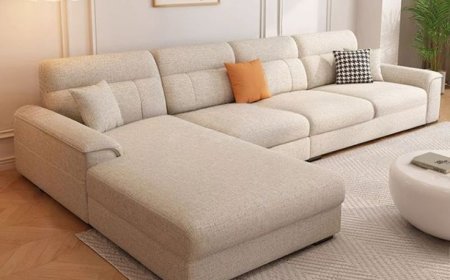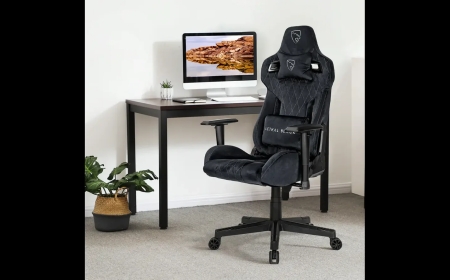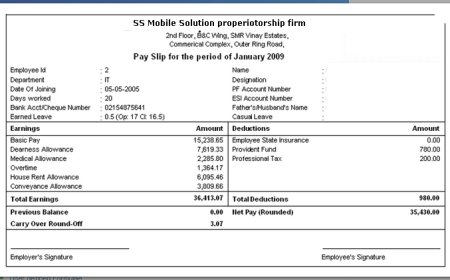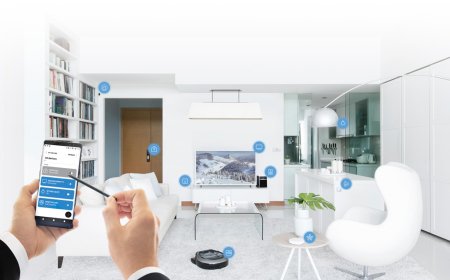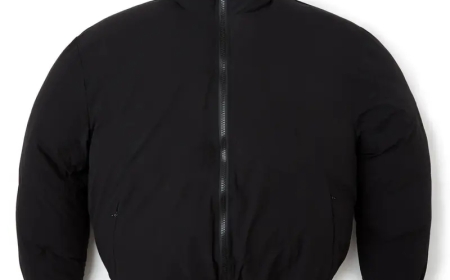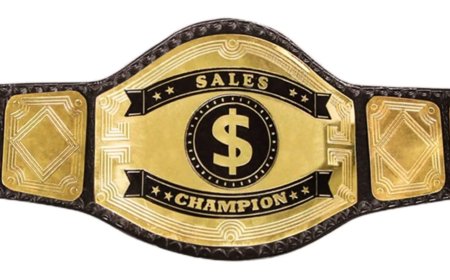How Numerous Ways Are There to Play the Ludo Game?
Creating a Ludo game board at home is a fun, creative project that can be done with simple materials and a bit of imagination. Whether you want a temporary setup or a durable board for repeated use, here are some unique and practical ways to craft your own Ludo board, tailored for accessibility and customization.

Creating a Ludo game board at home is a fun, creative project that can be done with simple materials and a bit of imagination. Whether you want a temporary setup or a durable board for repeated use, here are some unique and practical ways to craft your own Ludo board, tailored for accessibility and customization.
1. Use Cardboard and Markers (Simple and Budget-Friendly)
Materials Needed: Large piece of cardboard (e.g., from a shipping box), ruler, pencil, markers or colored pens, scissors.
Steps:
1. Draw the Board Layout: Cut the cardboard into a square (about 15x15 inches for a standard size). Use a ruler and pencil to sketch the classic Ludo board layout: a central square with a cross dividing it into four colored quadrants (red, blue, green, yellow), four triangular home bases, and a path of 52 squares (13 per side) around the perimeter.
2. Color the Sections: Use markers to fill in the four quadrants with distinct colors. Color the home paths (the 6-square paths leading to each home triangle) in matching colors.
3. Mark Safe Zones: Add star shapes or circles on specific squares (e.g., every 8th square) to indicate safe zones where tokens cant be captured.
4. Create Tokens and Dice: Cut small circles from cardboard for tokens (4 per player, in matching colors). For a die, use a small wooden cube or make a paper die by folding a cube template and numbering it 16.
Tip: Laminate the board with clear packing tape for durability, or glue it onto a sturdier base like plywood.
2. Fabric Board for a Portable Option
Materials Needed: Large piece of plain fabric (e.g., white cotton or felt, 18x18 inches), fabric paints or markers, ruler, fabric glue, buttons or beads.
Steps:
1. Sketch the Design: Lay the fabric flat and lightly sketch the Ludo board layout with a pencil or chalk, including the central cross, home triangles, and outer path.
2. Paint the Board: Use fabric paints or markers to color the quadrants, home paths, and safe zones. Ensure the colors are vibrant and distinct (e.g., red, blue, green, yellow).
3. Add Tokens: Use buttons, beads, or small fabric scraps as tokens. Sew or glue small shapes in each players color to differentiate them.
4. Make it Portable: Hem the edges of the fabric to prevent fraying, and fold it for easy storage. You can also sew a drawstring pouch for tokens and a die.
Tip: Felt is ideal because its soft, durable, and doesnt slip on surfaces. Add embroidered stars for safe zones to enhance the aesthetic.
3. Wooden Board for a Professional Look
Materials Needed: Plywood or MDF board (15x15 inches), acrylic paints, paintbrushes, sandpaper, sealant (varnish or mod podge), small wooden pegs or pieces.
Steps:
1. Prepare the Wood: Sand the plywood to a smooth finish. Draw the Ludo board layout using a pencil and ruler.
2. Paint the Design: Use acrylic paints to color the quadrants, home paths, and outer squares. Mark safe zones with a star stencil or freehand design.
3. Seal the Board: Apply a clear varnish or mod podge to protect the paint and give the board a polished look.
4. Create Tokens and Dice: Use small wooden pegs or blocks as tokens, painted in matching colors. For a die, paint a wooden cube with numbers or dots.
Tip: Engrave the board with a wood-burning tool for a permanent design before painting, if you have the tools and skills.
4. Paper and Stickers for a Quick Setup
Materials Needed: Large sheet of poster paper, colored stickers or washi tape, markers, ruler, small objects (e.g., coins, buttons) for tokens.
Steps:
1. Outline the Board: On the poster paper, draw the Ludo board layout with a pencil and ruler, ensuring the squares are evenly spaced.
2. Decorate with Stickers: Use colored stickers or washi tape to mark the quadrants and home paths. For example, place red stickers for the red players home path and so on.
3. Add Details: Mark safe zones with star stickers or draw them with markers. Label the starting squares for each player.
4. Tokens and Dice: Use small objects like coins or buttons as tokens, grouping them by color or marking them with stickers. Create a paper die or use an existing one.
Tip: Glue the paper onto a piece of cardboard for stability, or frame it for a reusable board.
5. Chalkboard or Whiteboard for a Reusable Option
Materials Needed: Small chalkboard or whiteboard (12x12 inches or larger), chalk or whiteboard markers, eraser, small objects for tokens.
Steps:
1. Draw the Layout: Use chalk or whiteboard markers to draw the Ludo board directly on the surface. Divide it into the four quadrants, home paths, and outer track.
2. Color-Code: Use different colored chalks or markers for each players quadrant and path. Mark safe zones with distinct symbols like stars or circles.
3. Tokens: Use small magnets (for a magnetic whiteboard) or lightweight objects as tokens, ensuring each player has four in their chosen color.
4. Erase and Redraw: The beauty of this method is its reusabilityerase the board and redraw it for each game or to try different designs.
Tip: Add a grid outline in permanent marker for the basic layout, then use erasable markers or chalk for colors to save time.
6. Upcycled Materials for a Creative Twist
Materials Needed: Old game board, tray, or flat surface, paint, tape, or adhesive vinyl, small objects for tokens (e.g., bottle caps, pebbles).
Steps:
1. Choose a Base: Repurpose an old board game, a wooden tray, or a flat household item as the base for your Ludo board.
2. Design the Board: Use paint, adhesive vinyl, or colored tape to create the Ludo layout. Cut vinyl into squares for the path or use tape to mark boundaries.
3. Customize Tokens: Paint bottle caps, pebbles, or small toys to serve as tokens, ensuring each player has four distinct pieces.
4. Add Flair: Decorate the board with themed designs (e.g., a fantasy theme with castle-shaped home triangles) to make it unique.
Tip: Use a lazy Susan as a base for a spinning Ludo board, making it easy for all players to access.
Additional Tips for Success
Size and Scale: Ensure the board is large enough for comfortable play (1218 inches square) and that squares are big enough to hold tokens without crowding.
Token Variety: If you dont have enough colored objects, mark tokens with stickers, nail polish, or paint to differentiate them.
DIY Dice: If you dont have a die, create one by folding a paper cube template (available online) and numbering it, or write numbers 16 on slips of paper and draw them from a bowl.
Test the Board: Play a practice round to ensure the layout is clear and the tokens move smoothly across the board.
Storage: Store the board and tokens in a box or bag to keep everything together for future games.
Conclusion
Crafting a Ludo game board at home is an enjoyable way to personalize your gaming experience using materials you likely already have. Whether you opt for a quick paper-and-sticker board, a durable wooden creation, or a portable fabric version, the key is to ensure the layout is clear, colorful, and functional. With these methods, you can create a unique Ludo board that brings friends and family together for hours of fun, all while showcasing your creativity. Roll the dice and start playing on your homemade masterpiece!







